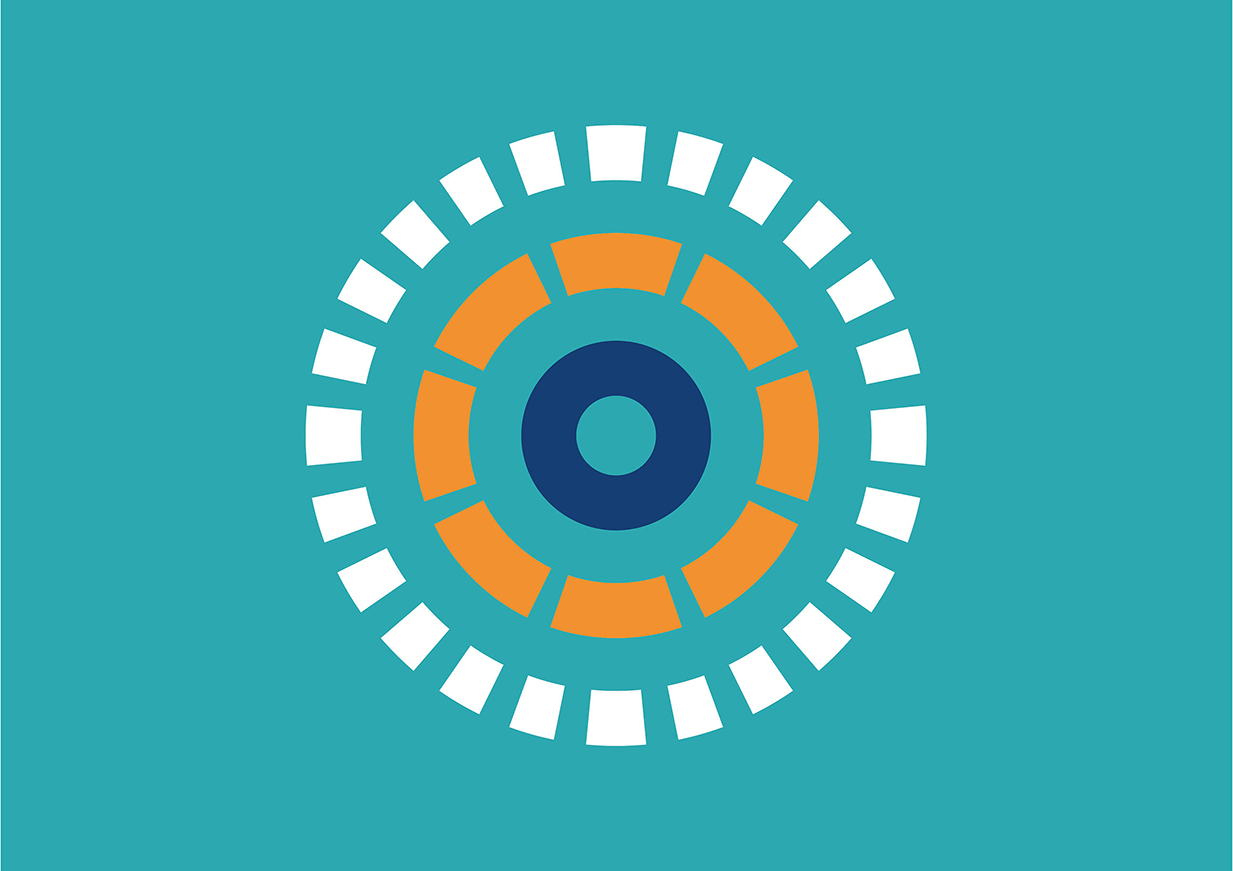CC-486 is being developed as a maintenance therapy in adult patients with acute myeloid leukaemia (AML) who achieved complete remission (CR) or complete remission with incomplete blood count recovery (CRi) following induction therapy (IC), and who are not candidates for or choose not to proceed to hematopoietic stem cell transplantation (HSCT). AML is a rapidly growing cancer of the blood and bone marrow caused by a DNA mutation in the stem cells. Although most patients with newly diagnosed AML will respond to IC, responses are often short-lived and overall survival is poor. Further post-remission therapy is necessary to achieve a durable remission.
CC-486 is a drug that can be incorporated into the genetic material of cells instead of their natural building-block, cytidine. It is thought to work by altering the way the cell turns genes on and off and interfering with the production of new RNA and DNA, leading to the death of rapidly dividing cancer cells that are not responsive to normal growth control mechanism. Its oral route of administration avoids injection-site reactions and may enhance patient convenience. The benefits of extended CC-486 dosing and long‐term treatment are likely related to the impact on hypomethylation, potentially enhancing clinical activity of the drug by increasing exposure to cycling malignant cells. If licensed, CC-486 will provide an additional maintenance therapy options for older AML patients who achieved CR or CRi following IC and who are not candidates for or choose not to proceed to HSCT.
CC-486 for maintenance therapy in acute myeloid leukaemia

Interventions:
Azacitidine (Vidaza; CC-486)
Indications:
Acute myeloid leukaemia (AML)
Therapeutic Areas:
Haematological Cancer and Lymphomas
Year:
2020